Custom Engagement Solutions
Unlock tailored solutions with a free, no-obligation strategy session.
Expert Developers & Engineers on Demand
Scale Your Team with Skilled IT Professionals
Expert Guidance for Digital Transformation
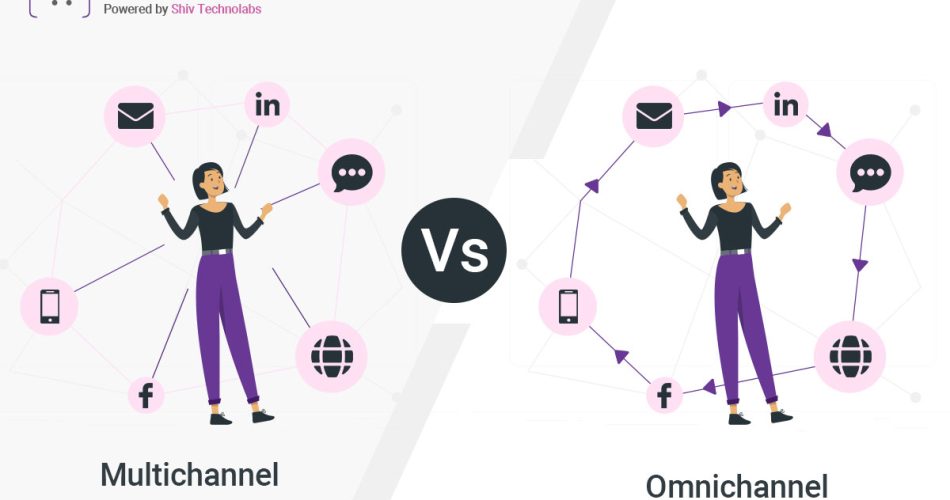
Looking to optimize your customer engagement strategy? Know the difference between omnichannel and multichannel approaches. However, whereas multichannel has multiple interaction channels, omnichannel on the other hand harmonizes all of them thus deliver a unified experience improving customers’ satisfaction and loyalty. Let’s check out Omnichannel Vs Multichannel.
Myth: Omnichannel and Multichannel marketing are the same.
Reality: That is not true, as both methods involve using multiple channels to reach clients, although they are different.
The fundamental distinction relates to the integration levels of communication channels used in engaging customers.
Multichannel marketing utilizes multiple channels to promote a product or service, but these channels may need a seamless integration.
Omnichannel marketing, conversely, is an all-inclusive strategy where the interconnection of these channels facilitates a consistent customer experience.
There are reasons why both terms do not mean the same things and might be preferred for different purposes by merchants and marketers.
Thus, to choose the right one for your company, we will go into more detail about the differences between omnichannel and multichannel marketing.
But before we get started, let us define each term.
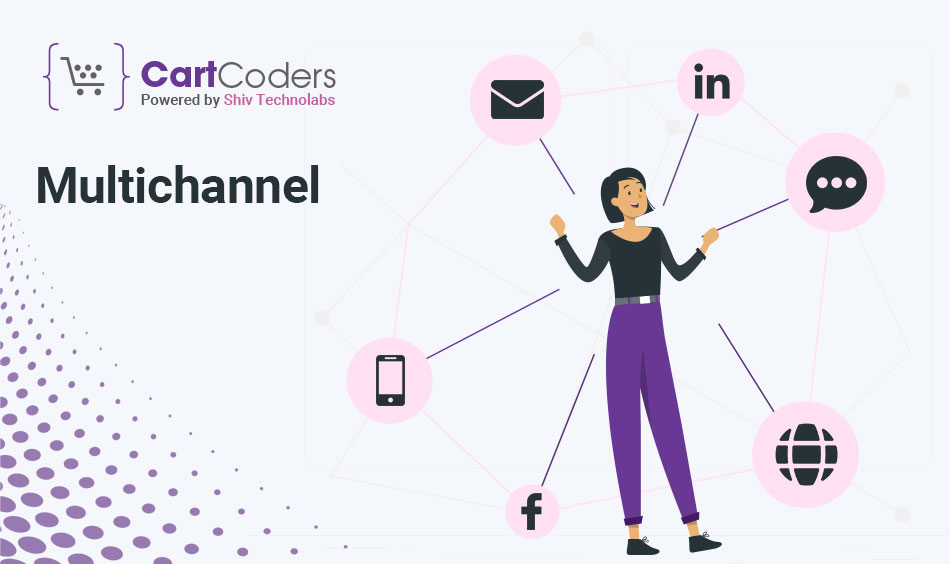
Multichannel, a business strategy, is the use of many different online and offline channels. It takes in offline stores, websites, apps, social media platforms as well as mobile phones. The aim is to increase customer participation and drive sales.
The core goal is providing customers with multiple entry points that are convenient for them. Every channel serves as an individual touch point for customers. However, these may not synchronize data or deliver seamless interactions. Nevertheless, multichannel strategies have limitations despite increased coverage levels.
These challenges include establishing brand identity, ensuring consistent customer experiences and managing data across channels.
This often creates problems because branding has to be uniform from the beginning while customer experience cannot be constant throughout various touch points; hence the entire process becomes a source of headache to managers including how they can handle data across different channels simultaneously with ease without compromising privacy requirements or losing efficiency.
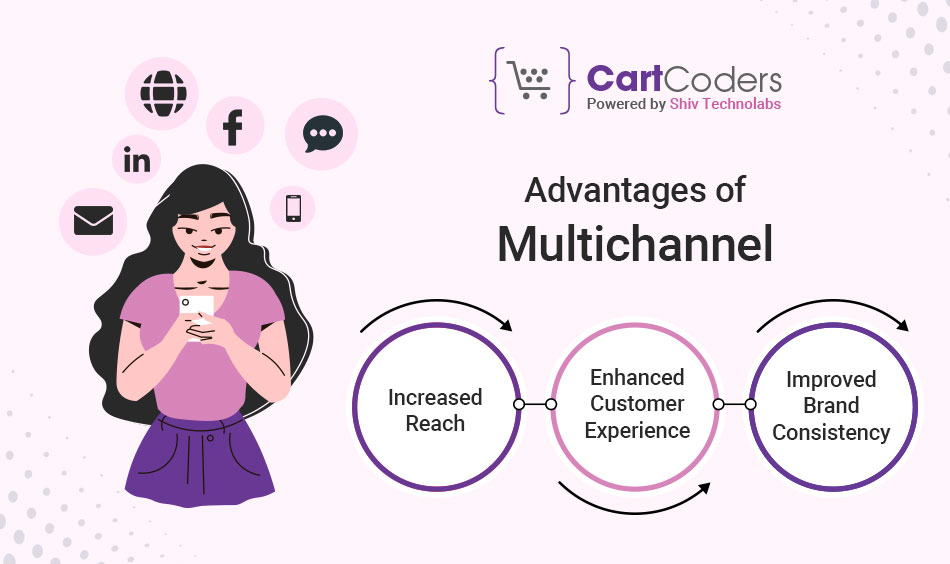
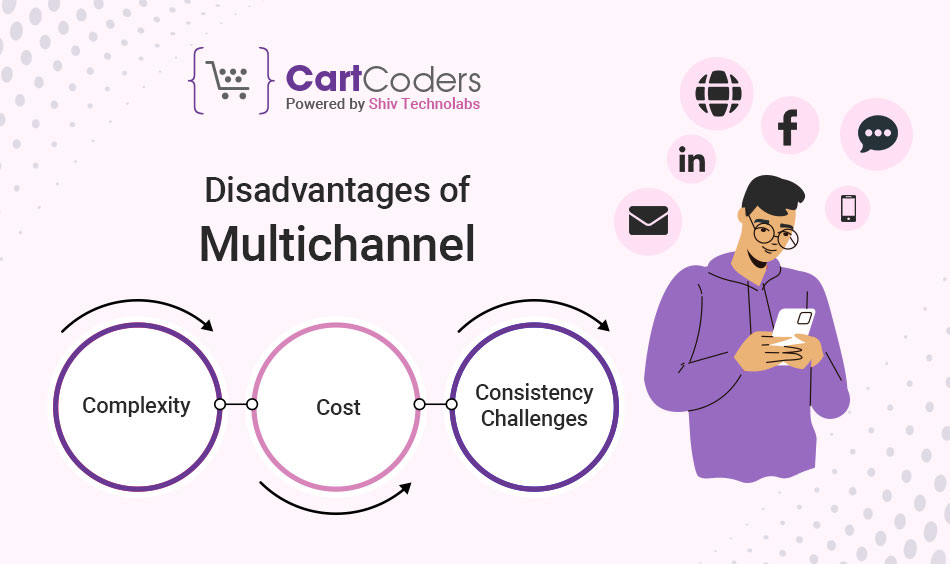
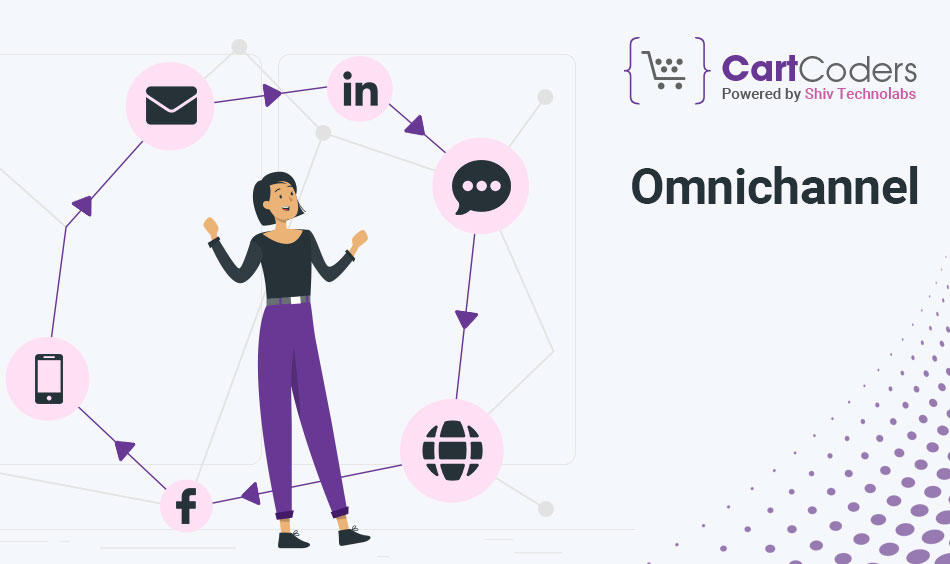
Omnichannel leads to a seamless customer experience through integrating all the points of contact. There is interconnectivity between the channels, which means customers have a consistent experience throughout their buying journey.
It is necessary to have a consistent experience for all customer touchpoints. When switching channels, one can move from one channel to another without changing preferences or information.
Real-time communication and messaging cannot be strong without technological integration. This branding, inventory, and customer service must be consistent across the integrated data systems.
We aim at improving customer satisfaction, loyalty, and engagement with respect to their brands that may include personalized experiences as well as offers from different marketing channels.
Omnichannel strategies have caused business growth and competitive advantage in digital space.
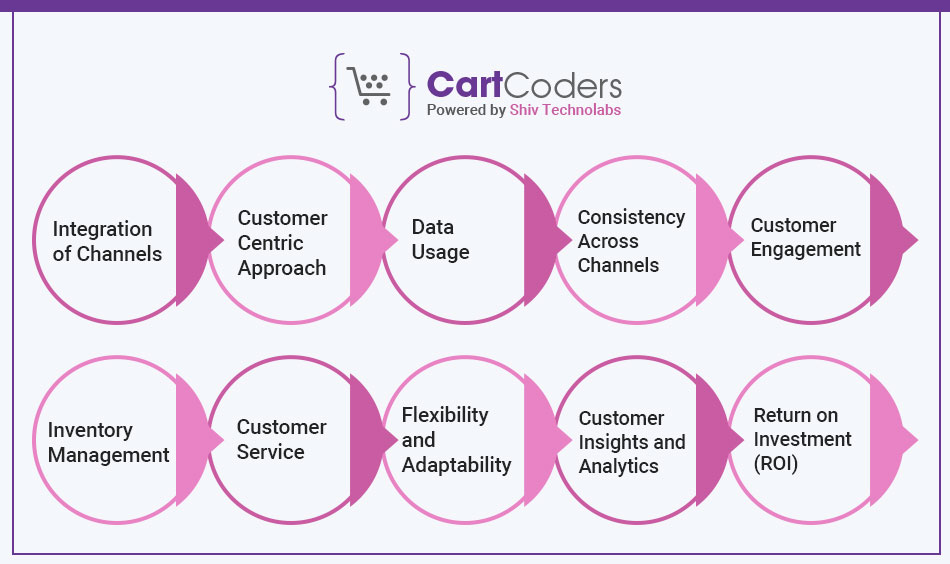
There are two ways businesses interact with customers: omnichannel and multichannel. Although each is meant to improve customer service and increase sales, their approach and outcomes vary. Here are 10 main differences between Omnichannel Vs Multichannel strategies:
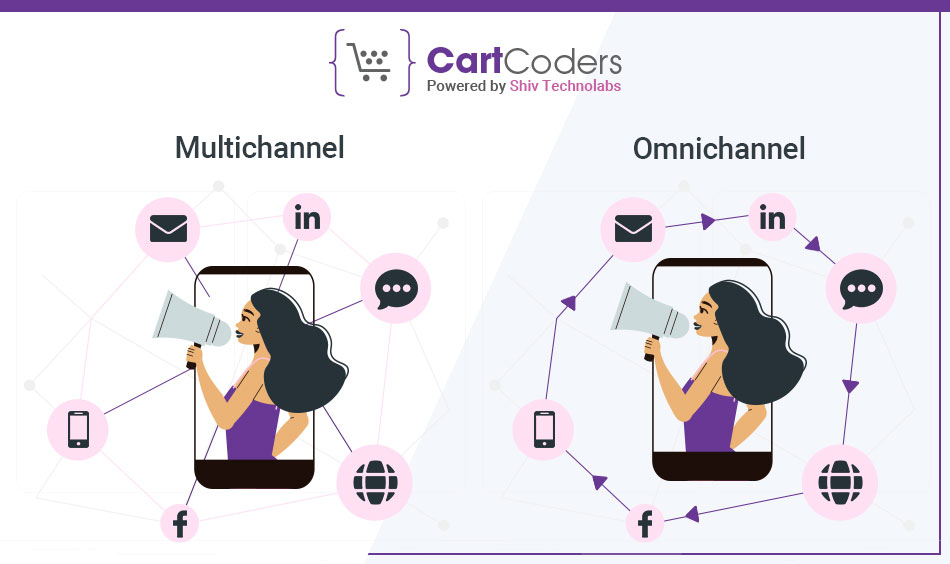
To fit each platform, when a brand launches a campaign across websites, social media, stores and apps, there may be need for adjustments.
Optimizing engagement through various mediums and ensuring that the content resonates effectively with diverse audiences is achieved by adapting it.
The campaign can have maximum effect if adapted accordingly; this in turn enhances overall brand communication. Then, the campaign is launched across different channels, customer involvement is monitored, and conversion is attributed to each channel.
Regardless of the response received, other channels should treat him as a prospect and thus execute the same campaign differently.
The ad content can be customized by marketing team depending on the channel it is aired on, to ensure that the message effectively resonates with audience for each platform and thus maximizing the impact of an advertisement or commercial.
Also Read:- Odoo Multi Vendor Marketplace: All You Need To Know
Then, all these channels are interconnected so that customers can have appropriate interaction with them.
When the conversion happens on a given channel, it consequently leads to the next best action.
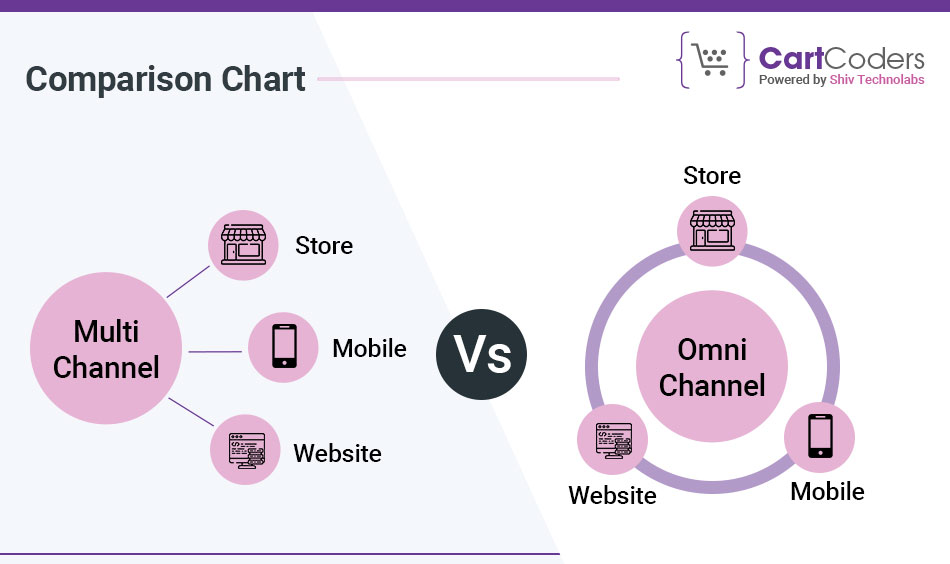
| Aspect | Multichannel | Omnichannel |
| Definition | A business approach involving multiple channels | An integrated approach with seamless channel linkage |
| Customer Experience | Varies by channel, may lack consistency | Consistent experience across all channels |
| Integration | Limited integration between channels | High level of integration for seamless operations |
| Data Management | Data may be siloed, leading to fragmented insights | Unified data management for comprehensive analysis |
| Customer Journey | Channels operate independently | Channels are interconnected for a unified journey |
| Communication | Channels may not communicate with each other | Real-time communication and synchronization |
| Flexibility | Provides diverse options for customer interaction | Allows customers to switch channels effortlessly |
| Complexity | Relatively simpler to implement and manage | Requires advanced technology and coordination |
| Customer Satisfaction | May vary based on channel experience | Enhances satisfaction with consistent experience |
Omnichannel Vs Multichannel – While omnichannel consistently rises above the other approaches in enhancing customer experience, both have their merits. All channels must work together for a successful omnichannel strategy to give a seamless experience.
It also calls for having the right platform that supports customer interactions and aids customer relationships to enter CartCoders, who are here to facilitate effective business-to-customer interaction across channels.
With CartCoders, it is possible for businesses to fully support, engage, and convert customers like never before through one platform. Our platform offers a suite of interconnected engagement channels, enabling client advisors to provide exceptional service and personalized experiences at each touchpoint.
Would you like to improve your omnichannel strategy? Contact CartCoders now.
Projects delivered in 15+ industries.
95% retention rate, building lasting partnerships.
Serving clients across 25+ countries.
60+ pros | 10+ years of experience.